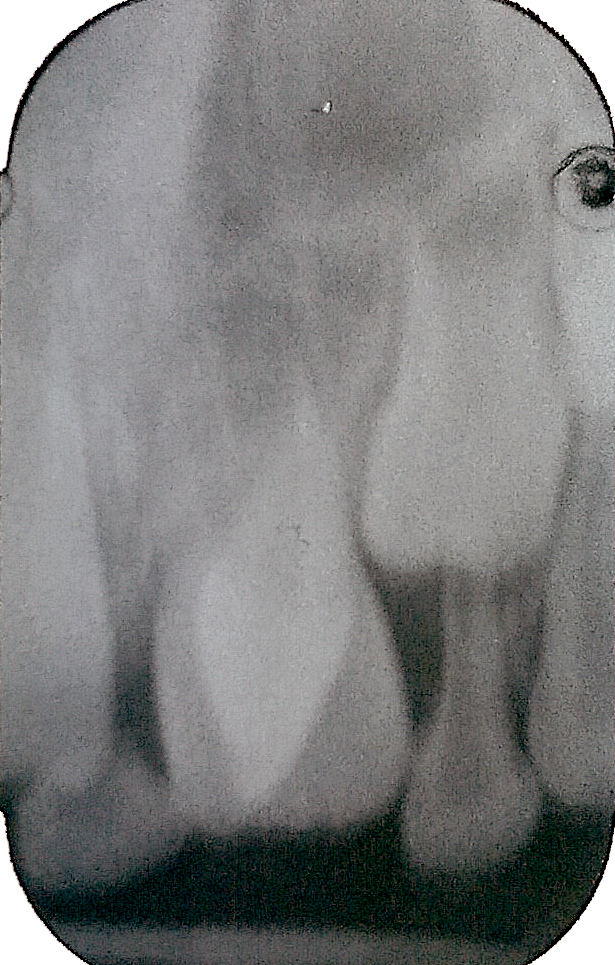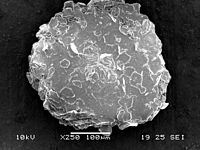- Alpha-Mannosidosis Wikipedia
- Caroli Disease Wikipedia
-
Neurapraxia
Wikipedia
"Operating on Peripheral Nerves". In Peter J. Dyck; P. K. Thomas (eds.). Peripheral Neuropathy (4th ed.).
- Xxyy Syndrome Wikipedia
-
Basaloid Squamous Cell Lung Carcinoma
Wikipedia
S2CID 44844070 . ^ a b Crapanzano JP, Loukeris K, Borczuk AC, Saqi A (February 2011).
-
Kangri Cancer
Wikipedia
PMID 20771404 . ^ Gothoskar, S. V.; Ranadive, K. J. (1966-12-01). "Experimental studies on the aetiology of "Kangri cancer " " .
-
Sudden Death Syndrome
Wikipedia
References [ edit ] ^ a b c d e f g h i j k l m n o "Sudden death syndrome of soybean" . www.apsnet.org .
- Talon Cusp Wikipedia
- Plasma Cell Gingivitis Wikipedia
-
Lovesickness
Wikipedia
Retrieved 26 March 2014 . ^ Whitbourne, Susan K. "What is the Passion in Passionate Love?"
- Patau Syndrome Wikipedia
- Congenital Iodine Deficiency Syndrome Wikipedia
-
Epulis Fissuratum
Wikipedia
Volume 1. 2001. ^ a b c d e f g h i j k l m n o p q Neville BW, Damm DD, Allen CA, Bouquot JE (2002).
- Hypertensive Disease Of Pregnancy Wikipedia
-
Angioimmunoblastic T-Cell Lymphoma
Wikipedia
. ^ Schlegelberger B, Zhang Y, Weber-Matthiesen K, Grote W (October 1994). "Detection of aberrant clones in nearly all cases of angioimmunoblastic lymphadenopathy with dysproteinemia-type T-cell lymphoma by combined interphase and metaphase cytogenetics" .TET2, IDH2, RHOA, DNMT3A, NOS2, MME, NOS1, BCL6, ALK, CXCL13, IDH1, VEGFA, CD28, IGH, TRBV20OR9-2, ICOS, PDGFRA, FBL, ITK, PLCG1, TP53, SYK, TNFRSF8, CR2, CRP, BCL2, IL21, TARP, CYGB, PDLIM7, RC3H1, MIR146A, TCL1A, ZAP70, PWWP3A, MIR193B, VAV1, MIR664A, LOC102723407, TNF, TEK, TRGC1, TRG, CD163, SIRT1, DUSP22, TBX21, ALLC, AHI1, SAMSN1, RTEL1, NCKIPSD, LEF1, IL22, CMIP, SMUG1, PYCARD, IGHV3-69-1, IGHV3OR16-7, TNFRSF21, FIP1L1, ACAD8, NOCT, ACVRL1, PIK3CB, TCF7, SPN, GATA3, GAPDH, FYN, MTOR, FOXO1, FCGRT, EZH2, ELAVL2, DLAT, CTNNB1, CCR4, CD68, ENTPD1, CCND3, BRAF, CXCR5, STS, ANGPT2, ANGPT1, CXCR3, GTF2I, HDAC1, KDR, SLPI, SRSF2, RAG2, RAG1, PIK3CG, PIK3CD, PIK3CA, PDCD1, IRF4, HDAC2, IL10, CXCL8, IL6, IL5, IL4, IFNG, HLA-G, HGF, LOC102724971
-
Internet Sex Addiction
Wikipedia
"Sex on the superhighway: Understanding and treating cybersex addiction". In Carnes, P. J.; Adams, K. M. (eds.). Clinical Management of Sex Addiction .
- Gingival Cyst Wikipedia
-
Cyberchondria
Wikipedia
Cyberpsychology, Behavior, and Social Networking . 14 (10): 613–8. doi : 10.1089/cyber.2010.0425 . PMID 21548797 . Muse, K; McManus, F; Leung, C; Meghreblian, B; Williams, J.
- Hemorrhagic Septicemia Wikipedia
-
Dandruff
Wikipedia
Of all the antifungals of the imidazole class , ketoconazole has become the leading contender among treatment options because of its effectiveness in treating seborrheic dermatitis as well. [5] Ciclopirox is widely used as an anti-dandruff agent in most preparations. [22] Coal tar [ edit ] Coal tar causes the skin to shed dead cells from the top layer and slows skin cell growth. [23] Epidemiology [ edit ] Dandruff affects around half of all adults. [8] Etymology [ edit ] According to the Oxford English Dictionary , the word dandruff is first attested in 1545, but is still of unknown etymology. [24] References [ edit ] ^ a b c d e f g h i j k l m n o Tucker, D; Masood, S (January 2019).








